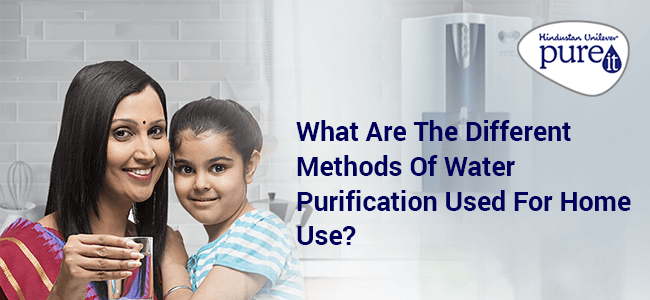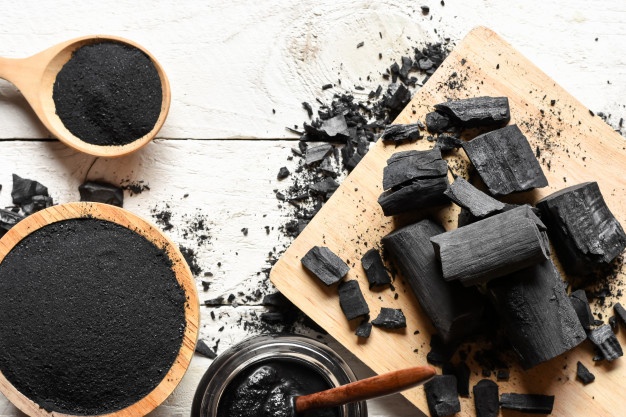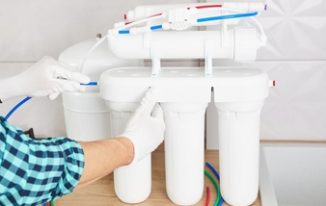
With increasing environmental degradation and rapid population growth, it has become a challenge for the Government of India to supply clean drinking water to every household in India.
Though the Government takes certain measures to purify water at the source of public water supply, it is still important that every household assess its needs independently and invest in a water purifier that ensures access to pure and safe drinking water.
There are several purification methods that science and technology have made possible. Let’s look at the hit parade:
Activated Carbon:

Carbon is a magical chemical element that has provided human beings with some great uses. Activated carbon has been scientifically proven to absorb all kinds of impurities. For example, both living and non-living contaminations can get absorbed by activated carbon. This results in the absorption of bacteria, viruses, and other harmful micro-organisms.
Distillation:
If you were thinking that distillation is a new process, think again. It has been in existence for centuries and is seen to be still used to this day in the water purification process. Many scientists are of the opinion that distillation continues to be one of the most effective strategies and techniques to remove impurities, bacteria, and other infections in water.
Distillation is a fairly simple process. Adulterated water that contains impurities is heated to a boiling point. Once it evaporates, the impurities are left behind. The steam is then processed to another part of the process where it is condensed and forms pure water. The impurities are removed and the process takes place all over again. Boiling at high temperatures ensures that the contaminations are killed instantly.
Deionization:
A deionization process is very similar to the Ionization process with one major difference. Here, there is a two-part exchange of the ions as compared to the one part that happens in a simple ionization process. During the first exchange, all the positive ions are replaced by hydrogen ions as part of the process.
In the second part of the process, the negative ones are removed by hydroxide ions. Deionization is a great way to get rid of all the living impurities like bacteria and viruses that are part of contaminated water.
Ion-exchange: Meaning and Definition
According to leading scientists, Ion exchange is a scientific process that allows for the dissolution of ions of chemicals like nitrate, fluoride, and sulfate in water. Once these ions are dissolved, the water assumes new charges.
ions that are responsible for the hardness of water are exchanged with benign (soap-friendly) sodium ions. However, note that resins have a limited exchange capability and need to be replaced with regenerated or recharged resin.
Reverse Osmosis:

The Reverse Osmosis technique reverses the mechanism involved in the naturally occurring process of osmosis. Water is applied at a force on a semi-permeable membrane to reverse the process and establish a reverse concentration gradient. Hence, the solvent (in this case, water) moves from a high concentration solution to a low concentration solution.
In the process, the contaminants including organic material, inorganic material, and microbes that are smaller than the nanometre-sized pores of the membrane get filtered. Reverse Osmosis ensures that more than 95% of solids in the water are removed. But since all the microbes are not effectively killed by RO alone, it is used in conjunction with UV (Ultraviolet) filtration that deactivates their nucleic cores.
The Bottom Line:
The above-mentioned processes are some of the most common ones to remove impurities from water. If you wish to know more about any of them in detail, let us know in the comments section below. We will try to request our experts to respond to as many of your comments as possible.






